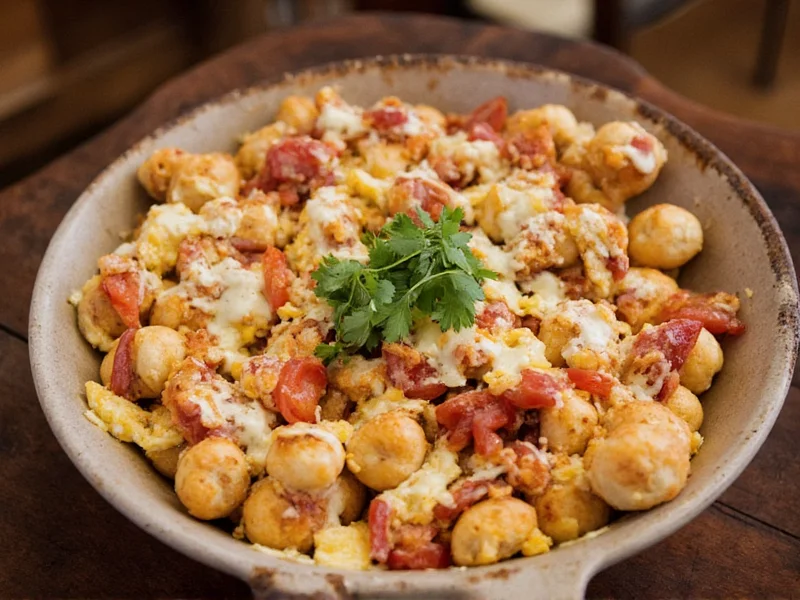The innovative souper roll up cafe concept has gained traction in urban food scenes by addressing common limitations of conventional soup dining. Unlike standard soup restaurants where customers must sit down with a bowl, these specialized cafes transform liquid-based meals into handheld formats that maintain temperature while enabling mobility. This approach particularly appeals to busy professionals seeking nutritious lunch options they can consume during short breaks or while traveling between appointments.
At a typical souper roll up cafe near me, customers select from various broth bases including miso, tomato, chicken, or vegetable varieties. The distinctive preparation method involves carefully warming flatbread, adding chosen soup ingredients, then rolling the creation into a secure package that prevents leakage. Many establishments incorporate structural elements like rice paper layers or strategic ingredient layering to maintain integrity during consumption. This culinary innovation represents a significant evolution from standard soup and sandwich cafe menu offerings that dominate traditional establishments.
| Feature | Traditional Soup Restaurant | Souper Roll Up Cafe |
|---|---|---|
| Portability | Low (requires bowl) | High (handheld format) |
| Consumption Location | Seated dining only | Anywhere (office, transit, parks) |
| Temperature Retention | Short duration | Extended (30+ minutes) |
| Customization Level | Moderate | High (multiple broth/filling combinations) |
When visiting a roll up soup cafe location, customers typically experience a streamlined ordering process. Most establishments operate on a build-your-own model where patrons select their preferred combination of elements. The standard sequence involves choosing a wrap base (flour tortilla, rice paper, or lavash), selecting a hot broth foundation, adding protein options like tofu, chicken, or shrimp, then incorporating vegetables and flavor enhancers. Staff members assemble each order fresh, ensuring the soup remains hot while the wrap maintains structural integrity through specialized folding techniques.
Seasonal variations significantly influence the menu at souper roll up cafe establishments. During colder months, heartier broths like pho or ramen bases dominate offerings, often featuring warming spices and substantial protein portions. Warmer seasons typically introduce lighter options such as chilled gazpacho rolls or Asian-inspired cold noodle variations. Many locations partner with local farms to incorporate regionally sourced produce, creating limited-time offerings that reflect agricultural seasons. This adaptability distinguishes them from conventional soup cafes with dine-in options that maintain more static menus throughout the year.
For first-time visitors to a souper roll up cafe downtown, understanding proper consumption technique enhances the experience. Unlike standard burritos or wraps, these soup rolls require specific handling to prevent leakage while maintaining optimal eating temperature. Experts recommend holding the roll horizontally with both hands, taking small bites from the end while keeping the opposite end elevated. Most establishments provide specialized packaging with vented tops that allow steam to escape while containing liquid, along with absorbent sleeves that protect hands from residual moisture. These thoughtful design elements address the primary challenge of portable soup consumption that traditional establishments cannot overcome.
The growing popularity of this format has prompted many roll up soup cafe franchise opportunities across metropolitan areas. Successful locations typically position themselves in high-traffic zones near business districts, transportation hubs, or university campuses where demand for quick, nutritious meals remains consistent. While some operators maintain standalone storefronts, others have adopted mobile formats through food trucks or kiosk installations in shopping centers. This flexibility in operational models demonstrates the concept's adaptability to various market conditions and customer acquisition strategies.
What exactly is a souper roll up cafe?
A souper roll up cafe is a specialized food establishment serving soup in handheld roll format. These cafes prepare warm broths with various ingredients encased in soft flatbreads, creating portable meal options that maintain soup's nutritional benefits while solving traditional soup's portability challenges.
How do souper roll up cafes prevent leaks?
These establishments use specialized preparation techniques including strategic ingredient layering, structural barriers like rice paper, and precise folding methods. Most use vented packaging that allows steam to escape while containing liquid, along with absorbent sleeves that protect hands from moisture during consumption.
Are souper roll up cafe options nutritionally balanced?
Yes, most souper roll up cafes offer nutritionally balanced options by combining broth-based soups with protein sources and vegetables. The handheld format typically contains comparable nutritional value to traditional soup servings while providing the added benefit of whole grains from the wrap component, creating a more complete meal profile.
Can I customize my order at a souper roll up cafe?
Absolutely. Most souper roll up cafes operate on a build-your-own model where customers select their preferred combination of wrap bases, broth types, protein options, and vegetable additions. This high level of customization allows patrons to create meals matching their dietary preferences and nutritional requirements.
How does temperature retention compare to traditional soup containers?
Souper roll up cafes typically maintain optimal serving temperature for 30-45 minutes through specialized packaging and ingredient layering techniques. This extended retention period significantly outperforms standard takeout soup containers, which often cool to undesirable temperatures within 15-20 minutes, making the roll-up format particularly valuable for commuters and busy professionals.











 浙公网安备
33010002000092号
浙公网安备
33010002000092号 浙B2-20120091-4
浙B2-20120091-4